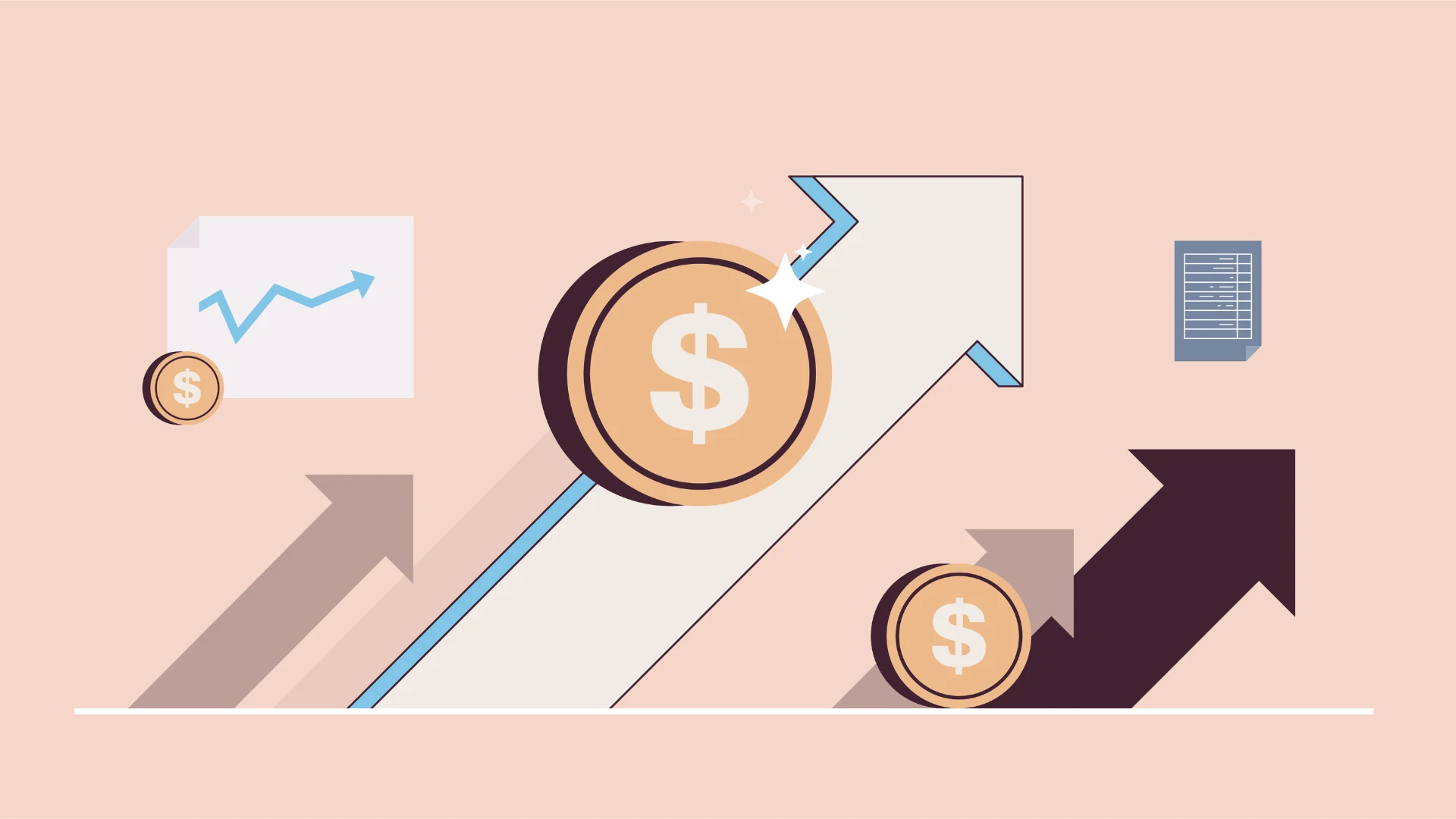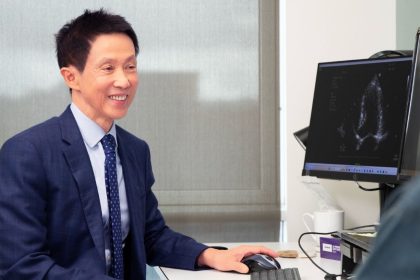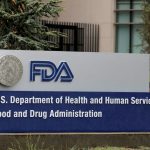Michelle, a 42-year-old marketing executive, had a startling experience while reviewing her grocery app. She noticed her weekly total was now $87, a significant decrease from the previous year when her grocery bills consistently exceeded $200. Gone were the days of impulse purchases like chips, wine, and late-night snacks. Instead, her cart was filled with produce, yogurt, and lean proteins.
However, this financial reprieve at the grocery store felt overshadowed by a hefty $900 charge for her GLP-1 prescription that appeared on her credit card that same morning. The significant expense of her medication highlighted the challenge of balancing her newfound savings with the cost of treatment.
GLP-1 medications, including Ozempic, Wegovy, Mounjaro, and Zepbound, are celebrated as groundbreaking therapies for weight management. They are more than just tools for reducing waistlines; they are revolutionizing financial planning for many individuals and households. As these changes echo through daily spending habits, the financial sector must take a proactive role in helping people navigate and adjust to this evolving landscape.
THE PRICE OF TRANSFORMATION
The financial burden of GLP-1s is substantial, with out-of-pocket costs ranging from $500 to $1,300 each month. Such expenses can equate to a car payment or, in some regions, a mortgage. Individuals using these medications often find themselves reorganizing their budgets to make room for these essential prescriptions, treating them as vital as their utility bills—necessary expenditures that demand strategic monthly planning.
Nonetheless, many patients report finding alternative savings in their lifestyles. They cut back on dining out, reduce alcohol consumption, and minimize grocery shopping. Some even find that their overall spending balances out more favorably than anticipated.
WHERE THE MONEY GOES NOW
The impact of weight loss transcends mere numbers; it alters consumers’ lifestyles significantly. People frequently experience fluctuations in clothing sizes over just a year. Gym memberships and boutique fitness classes suddenly feel justified as individuals gain confidence in their new bodies, leading to renewed aspirations like trips that had previously been treated as out of reach.
The benefits of GLP-1s extend beyond physical transformation, offering users opportunities that may have long been avoided. While affluent households can absorb the costs of prescriptions alongside lifestyle upgrades, many families living paycheck to paycheck find these medications prohibitively expensive and inaccessible.
THE EMOTIONAL ECONOMICS
Newfound health frequently nurtures an increase in self-assurance, prompting people to invest in savings, retirement funds, or experiences they’ve long postponed. However, this relief can coexist with anxiety about potential setbacks, especially if there are changes to insurance coverage. This dual emotional landscape can lead individuals to spend on coaches, supplements, or nutrition programs in a bid to secure their health achievements.
This juxtaposition is palpable. Many are thrilled to finally book that dream beach trip, while others feel pressured to overspend on extras that promise to extend their results. As health experiences dramatic changes, so too must financial habits shift. This is where financial education becomes essential; equipping individuals with the tools to build resilience ensures their gains, both personal and financial, are sustainable.
WHEN HEALTH EQUITY MEETS FINANCIAL EQUITY
The rise of GLP-1 therapies underscores a sobering reality: wealth often dictates health. The availability of these medications has introduced a new form of inequity; those who can afford the treatments are more likely to enjoy healthier, potentially longer lives, while those unable to pay remain stagnant. Access to health should not hinge on financial privilege.
Financial institutions have a vital role in bridging this gap. Banks and credit unions could create innovative options for individuals striving to lead healthier lives, such as budgeting tools, affordable loans, transparent buy-now-pay-later programs, and alerts for prescription rebates. While they cannot reduce the cost of these medications, they can provide the financial flexibility needed to help individuals manage their health expenses effectively.
RIPPLE EFFECTS ACROSS INDUSTRIES
The impacts of GLP-1 medications are already being felt across various sectors. Grocery companies are noticing shifts as consumers make healthier choices, while fashion retailers are expanding their sizing to accommodate changing body shapes. The resale market is buzzing as people seek transitional wardrobes, and wellness clinics and med spas report unprecedented demand.
A pressing question remains: will financial institutions adapt to these transformative trends? If leaders in health and finance collaborate, there’s potential for significant change. GLP-1s are reshaping bodies and financial statements, bringing empowerment for some and instability for others. If GLP-1s represent a revolutionary health approach, then advancing financial literacy and inclusion must be its complementary revolution.
Edwin Endlich, president of the National Association for Financial Literacy and Inclusion (NAFLI), and Ana Reisdorf, MS, RD, founder of GLP-1 Hub, emphasize the need for these vital partnerships as we navigate the complexities of healthcare and finances together.






